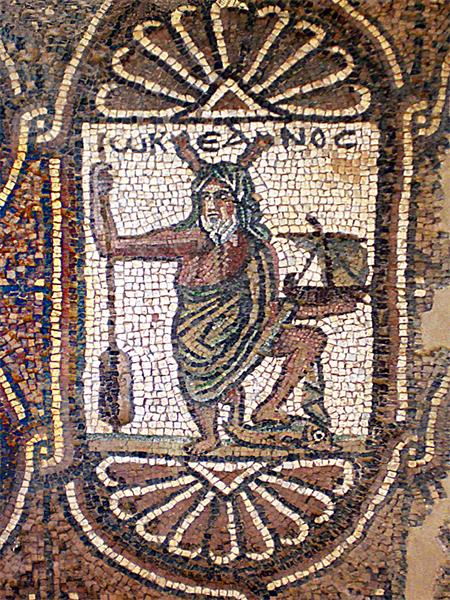ARTH101 Study Guide
Unit 8: Other Worlds – Myths, Dreams, and Spirituality
8a. Explain art in terms of ideas of the spirit
- What are some of the differences between art found in the world's major organized religions, and its appearance in traditional ritual and ceremony?
- What are some of the main differences between the art of Western and near-Eastern religious religions, such as Christianity and Islam?
- What are some of the main features of Buddhist art?
We can make a general distinction between the major organized religions of the world, which are relatively few in number – Christianity, Buddhism, Islam, or Judaism, for example, which are all associated with globalized identities and hierarchical social institutions – and the myriads of rituals and ceremonies that are typically unique to much smaller and more diverse tribes or bands and which can trace their beliefs and practices back for millennia. Whether 'religious' or more generally 'spiritual' in character, artworks that express this facet of human existence aim to invoke ultimate questions of human nature or indeed the nature of the cosmos in which we are ultimately embedded.
To review, read Spirituality.
8b. Explain art as a form of myth
- What is a myth, and why do they continuously appear in art?
- Why do the myths of antiquity (such as in ancient Greece) appear in later art, such as in Europe during the Romantic period?
- What are some examples of contemporary myth-making in popular art?
'Myth' is derived from the Greek word mythos, which means story. All cultures have as their most ancient historical backdrop a collection of stories, sometimes called folk tales or heroic epics, which helped to define cultural identity at a grand scale across space and time, for instance by tying peoples to territories and current events to the old creation myths. Myths, legends, stories and songs are retold to highlight the more durable features of human character and general patterns of life that recur across the generations.
Examples:
Myth in art may either be contemporaneous or retrospective. In other words, some works of art are from the time that the myths were still widely in everyday social use. In much later times, myths might be associated with classical periods as artists look back to mythical stories and imagery for their value at speaking to universal themes. This retrospective use of myth may sometimes take the form of nostalgia (e.g. for classical times) or idealism (venerating the art and stories of the past for their high quality and bestowing esteem upon them).

To review, read Myths.
Unit 8 Vocabulary
Be sure you understand these terms as you study for the final exam. Try to think of the reason why each term is included.
- rituals
- ceremonies
- religious
- spiritual
- myth
- contemporaneous
- retrospective
- nostalgia
- idealism